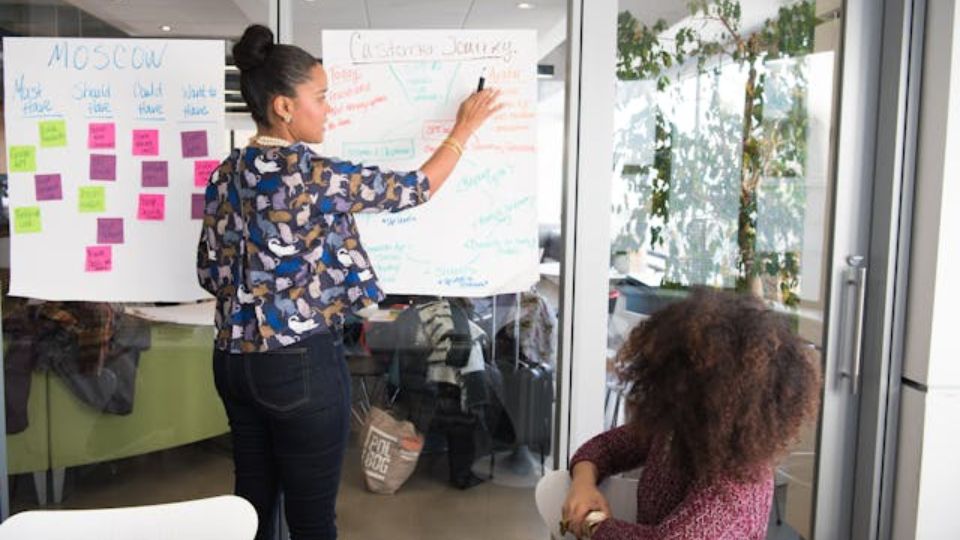
Spanish educational system: what are the grade levels in Spain?
Internacional | Artículo-
Visitas1183
- May 2023
- Fecha de publicación
- May 2023
- Internacional
- Artículo
Spain is an incredibly inclusive and diverse country with many people seeking to move there and start new lives. Many of these people are parents and seek a concise way to understand the Spanish educational system. Luckily, it is a very simple and comprehensive system that can be explained very easily.
Grade levels in Spain
There are four stages of education in Spain: nursery and preschool, primary education, secondary education, and upper secondary education. The first and last are optional, but primary and secondary education is a requirement. These generally include students from ages 6 to 16 and are super accommodating to those looking to move here and begin a Spanish education for their children.
Nursery and preschool
Nursery and preschool are one of the two optional levels in educating a child in Spain. It is basically a daycare for children up to around 6 years old, with the nursery being up to 3 years and then moving on to preschool. The big thing about Nursery is that it is generally not funded by the government which means parents would need to pay for them themselves. Luckily, preschool is free, and it teaches kids the basics about living their lives and making decisions as well as learning the basics of each subject, like the alphabet, basic math, and how to read and write, for instance.
Primary education
Primary school is completely required and begins when a student turns six years old and goes on until they turn 12 years old. It consists of three cycles that are divided between two years. Students can access this level of education completely for free and will continue to add to the building blocks established in preschool classes. This offers a way for students to get an idea of what they like to do and what their strengths and weaknesses are. This also introduces physical education to the student’s curriculum. The way they are graded is based on two options: sobresaliente (SB), meaning excellent, or insufficient (IN). Years are repeated for those students who end up with an overall grade of IN.
Secondary education
This is the third level of education and is also completely necessary and required to get full credits and graduate in Spain. This includes students from ages 12 to 16 and includes all different types of funding for the schools like private schools or public schools. This is all very similar to the way it works in the United States. As opposed to primary education, secondary education includes only two cycles, with the first being the first three years and the last cycle including only the final year. Once again, students will build again on the foundations set in preschool and primary education and must repeat the year if they fail as well. If they succeed and pass, they will receive a Secondary Certificate of Education or a School Certificate.
Upper secondary education
Upper secondary education is much more varied and includes three levels within itself if the student decides to choose to complete any. This level is completely optional but does assist in providing the student with a brighter and more successful future, potentially. The first option is Bachillerato, which is a two-year period after secondary school. It serves as a way for students to get a basis and general education to prepare them for the next stage of their education. They can choose to go into a vocational school and learn about a necessary skill useful in the market in Spain or they can go to University and focus on more general studies. Bachillerato is very well organized and provides students with much more specifics on their future than in many other educational systems. Vocational education is more for students looking to do more physical labor or be in the work industry and it last four years to study completely. Finally, the university is a way for students to hone their skills in a general sense and require a test called “selectividad” to be admitted, as well as a completed Bachillerato degree.
If you dream to study at ESIC, contact us and we will guide you through the whole process. We have personalized help for international students, get in touch!
También te puede interesar

¿Qué hace un chief sustainability officer (CSO)?
La sostenibilidad es un factor clave para el éxito empresarial y por eso el chief sustainability officer (CSO) se ha convertido en un pilar estratégico dentro de las organizaciones. Este profesional...
- Publicado por _ESIC Business & Marketing School

Qué es un mapa de empatía y cómo crearlo. Ejemplos
Uno de los retos en los últimos años es adaptarse al máximo a los clientes. Y la mejor manera de hacerlo es ofrecerles productos o servicios en función de sus gustos y necesidades. En este co...
- Publicado por _ESIC Business & Marketing School

Qué es el Lean Canvas y cómo aplicarlo. Ejemplos
El Lean Canvas deriva de la necesidad de los emprendedores de contar con una herramienta fácil de usar y con un enfoque pragmático para crear y validar modelos de negocio. Ash Maurya introdujo este ...
- Publicado por _ESIC Business & Marketing School

